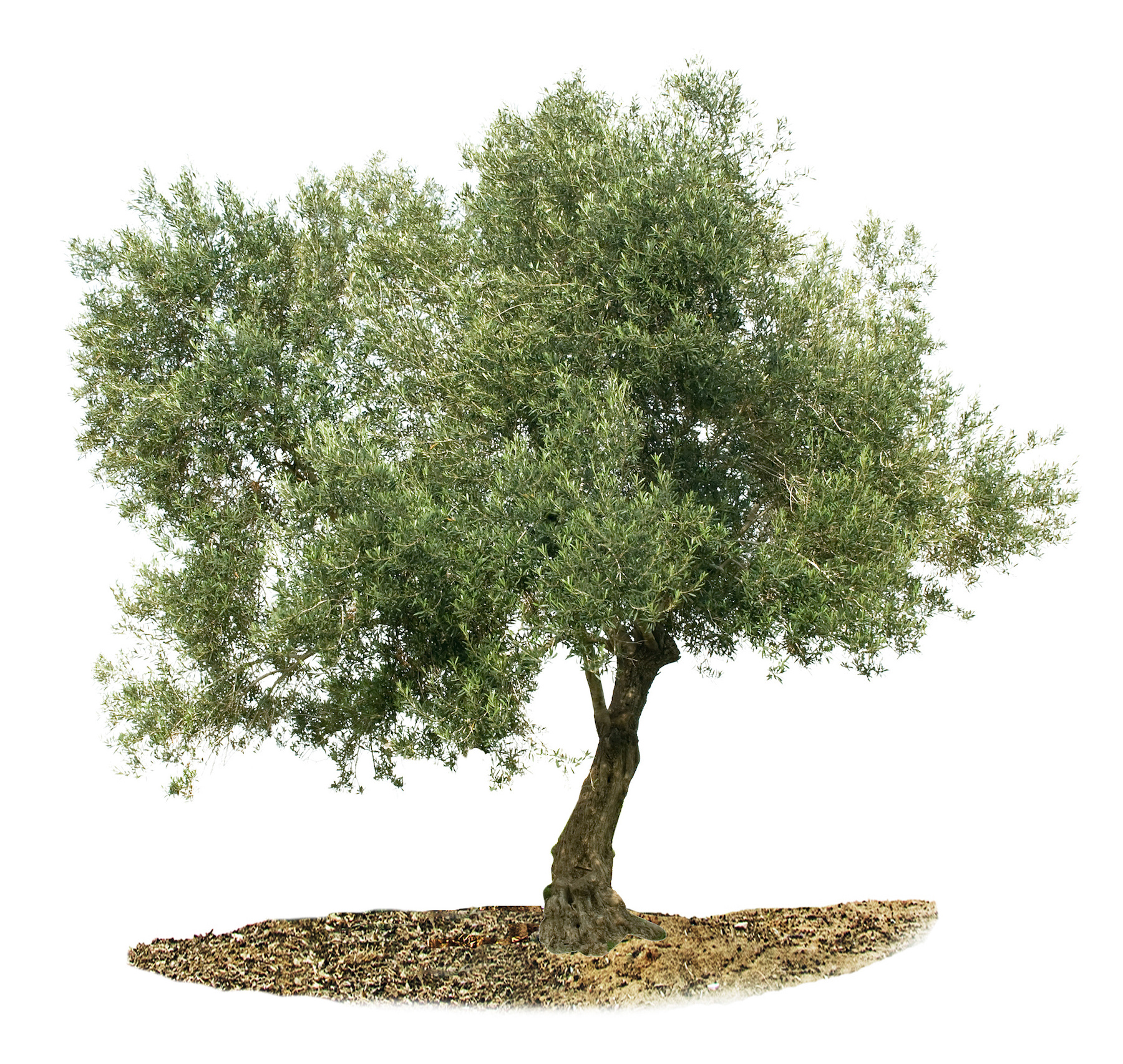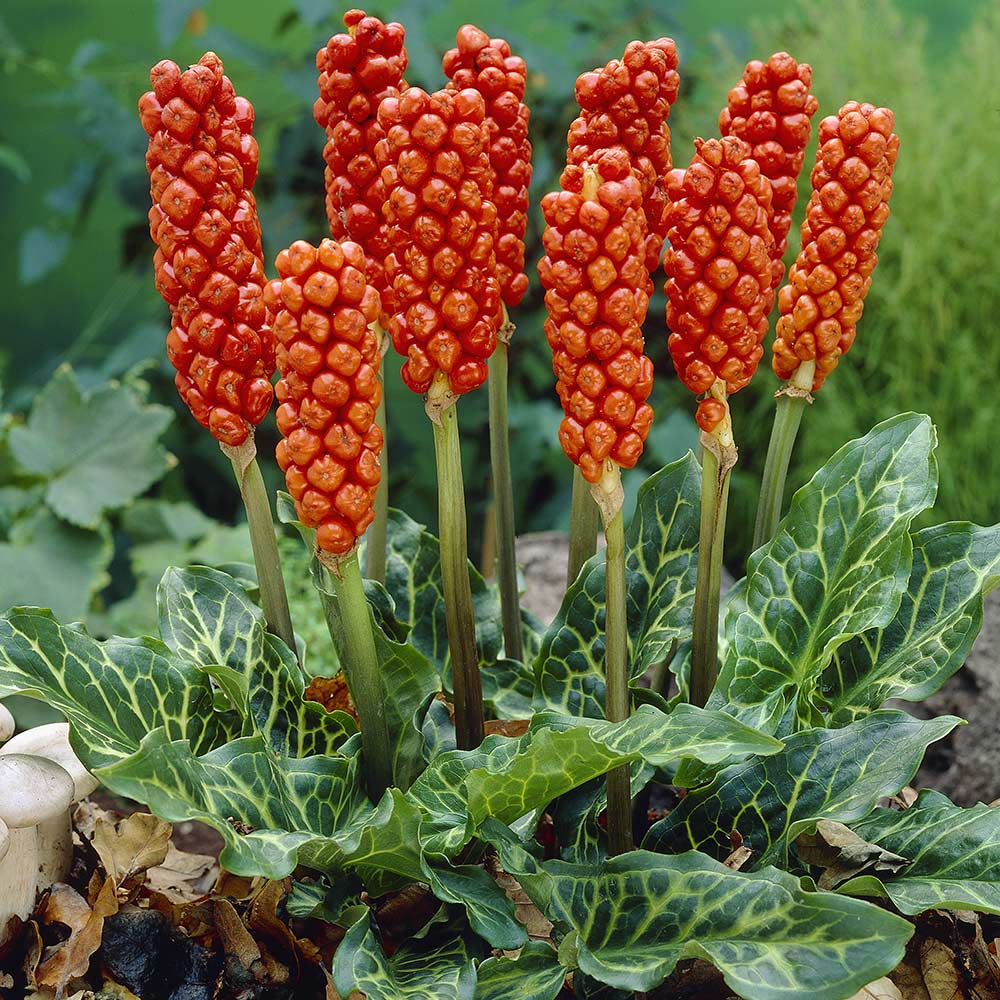Sgiorgiom 1
The Garden in the Early Modern Age
The Venetians were always trying to wrest land from the waters, especially by creating embankments around the islands. The Benedictines also extended the surface area of San Giorgio Maggiore in 1529. Following the extension of the island’s surface area, a drawing was made that reveals what was cultivated in a part of their garden: olive trees.

In the plan above, the olive trees ‘loco de li olivari’ are outside the cross hatched monastery wall. Note that south is at the top of the drawing, which has been shaded to indicate the olive grove (green) and the water (blue).
 In the fifteenth century the Benedictines cultivated local aromatic herbs and pumpkins, cabbages, spinach and endive in their garden; but already in the early sixteenth century there is evidence of the expansion of the garden itself, where a section was allocated to the cultivation of olive trees.
In the fifteenth century the Benedictines cultivated local aromatic herbs and pumpkins, cabbages, spinach and endive in their garden; but already in the early sixteenth century there is evidence of the expansion of the garden itself, where a section was allocated to the cultivation of olive trees.
At that time the San Giorgio Maggiore garden also cultivated medicinal herbs such as peony, purslane, abrotanum, wormwood etc. and many other plants. In fact, they soon decided to also open an apothecary shop for use by the friars. In a letter sent in 1575 by the physician Melchiorre Guilandino to his friend and patient Alvise Mocenigo suffering from gout, he relates that the friars had so many Arum plants (see wild calla lily) that “they would burn the throats of all of Venice”:
Il modo, che si tene in darla, & suo remedio, potrà V.M. legger nel Matthioli in capite Arum. Io non ho pronta la polvere, & a farla mi bisogneria esser costà nell’horto di frati di S. Giorgio della bella fabrica nova, dove si ritrova tanta copia di Arum che basterìa per infiammar la gola a tutta Venetia
(Milano, Biblioteca Ambrosiana, Cod. G 273, n. 69)
Roots, leaves and berries of Arum L., extremely hot, once cooked or pulverised were used to treat sore throats and coughs, and externally as a gout poultice. Now Arum L. is used in herbal medicine and homeopathic medicine.
The olive trees of the Benedictine Monastery remained until 1797 when they were uprooted to make way for the Slavonian (Croatian) troops.

| The Garden in the Early Modern Age | The Apothecary Shop and Laboratory | The Balsamic Oil and its Herbs |